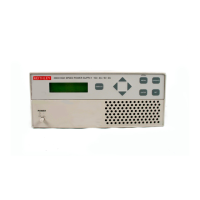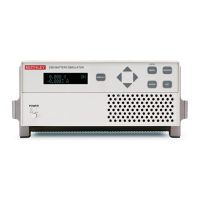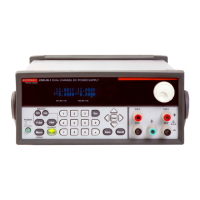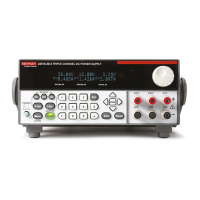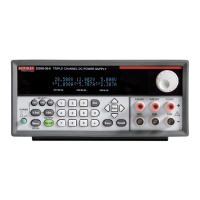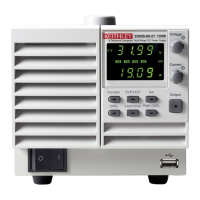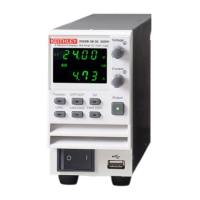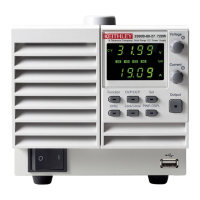Long Integration Measurements 4-17
OFF OFF ON
The unit is more responsive to bus commands in this mode since the supply does not
need to wait for TOUT or search time plus reading time for background readings. How-
ever, the supply does need to wait for TOUT or search time when checking the parameter
settin
g for TLEV commands. Refer to Figure 4-3. Front panel displays “NO SEARCH”
instead of “LONG INT”.
Although no background long integration measurements or pulse detection between
user-triggered readings will occur, the checking for the parameter of LINT TLEV com-
mands to detect a pulse will occur. The setting
of the pulse trigger timeout bits in the
status model will only occur between user-triggered readings if TLEV commands sent.
This is regardless of the TEDGe setting since the RISING edge is used for this feature.
For triggered readings to set the PTT (Pulse Trigger Timeout) bits in the status model,
the TEDGe setting needs to be RISING or FALLING. If TEDGe is set to NEITHER, the
PTT will not be set after the initial setting of SEARch to OFF and TEDGe to NEITHER.
The setting of NEITHER specifies no pulse edge for synchronization or detection. The
bit is latched until read so the bit may still be set in the status model from a previous
timeout. (See section 8 on the Status model for more information.)
OFF OFF OFF
OFF
ON ON
This mode allows the user to know whether the pulse disappeared before a user-
triggered reading is requested. The responsiveness of bus commands is governed by
LINT TOUT (if no pulses are detected), or by search time (if pulses are detected).
Reading time does not have to elapse after detecting the pulse in this mode. Therefore,
the longest response time to bus commands is approximately the greater of either TOUT
or search time values. Refer to Figure 4-3.
With DETect ON, no background long integration measurements
will occur between
user-triggered readings but pulse detection occurs. If the pulse is detected, the front
panel will display "DETECT" on top line of display instead of "LONG INT". If no
pulses are detected, the front panel will display "NO DETECT" as well as the PTT
(Pulse Trigger Timeout) bit being set in the status model. Since the PTT bit is latched
(see section 8 on Status Model), a query for the PTT bit may indicate that pulse trigger
timeout occurred although the display is showing DETECT. The checking for the
parameter of LINT TLEV commands will occur which may set the PTT bit since look-
ing for a rising edge. This functionality occurs if TEDGe is set to RISING or FALLING.
If TEDGe is set to NEITHER, pulse
detection will fail since synchronization to an edge
for triggering does not occur (there is nothing for the unit to detect). In this mode, the
DETECT/NO DETECT on the front panel is not reliable and the setting of the PTT bit
of the status model will not happen. Since checking for the parameter of LINT TLEV
commands to detect a pulse looks for the RISING edge, this will occur and may set the
PTT bit of the status model.
Table 4-3
FAST, SEARch, and DETect command reference (cont.)
FAST SEARch DETect Description
Shaded cells designate command with precedence in each mode.
Test Equipment Depot - 800.517.8431 - 99 Washington Street Melrose, MA 02176
TestEquipmentDepot.com
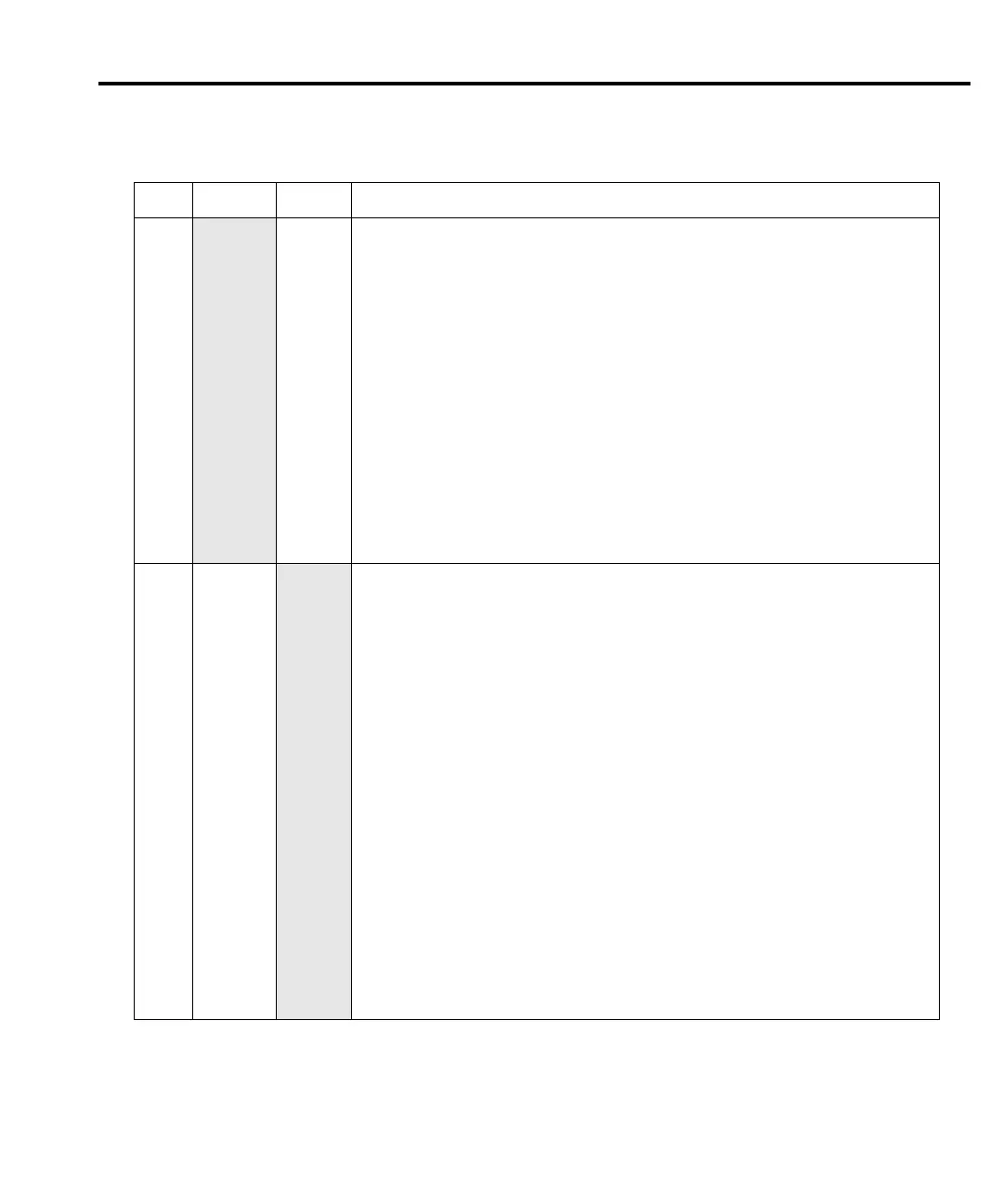